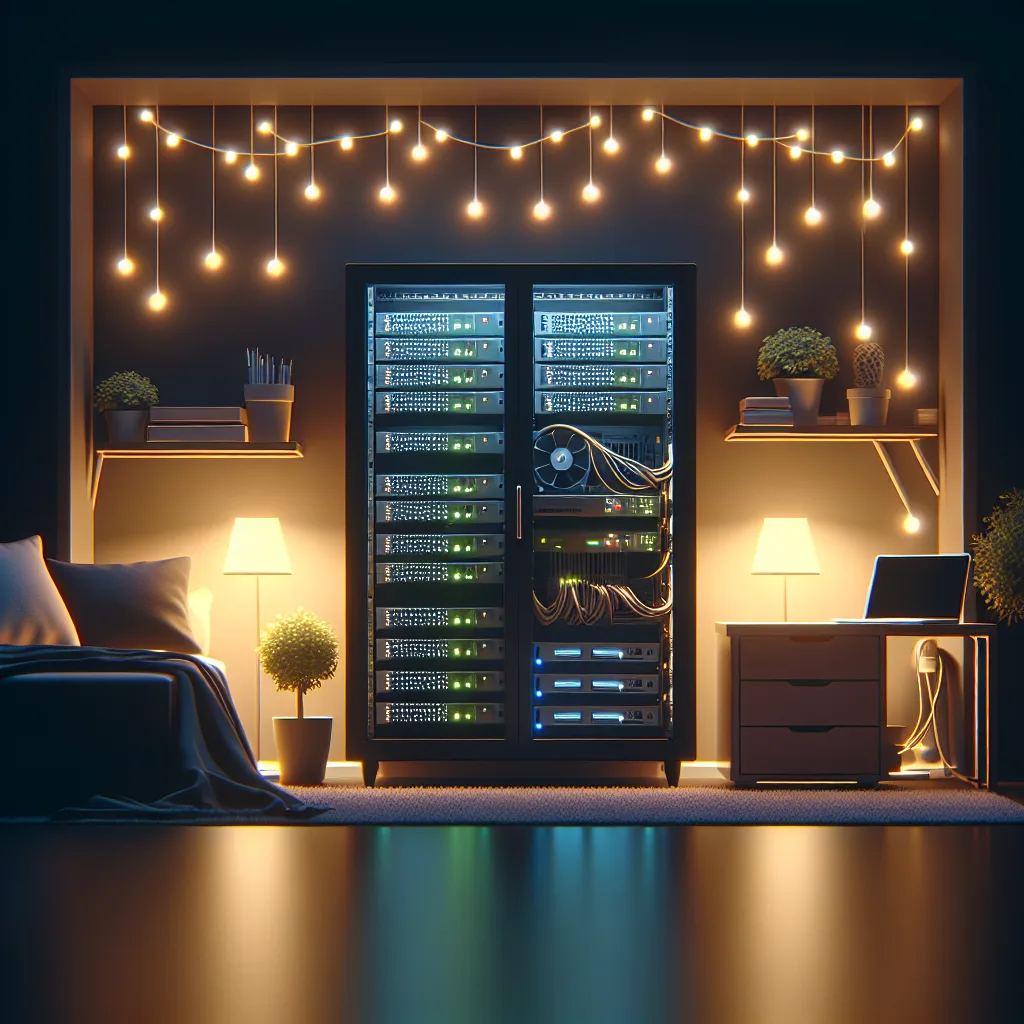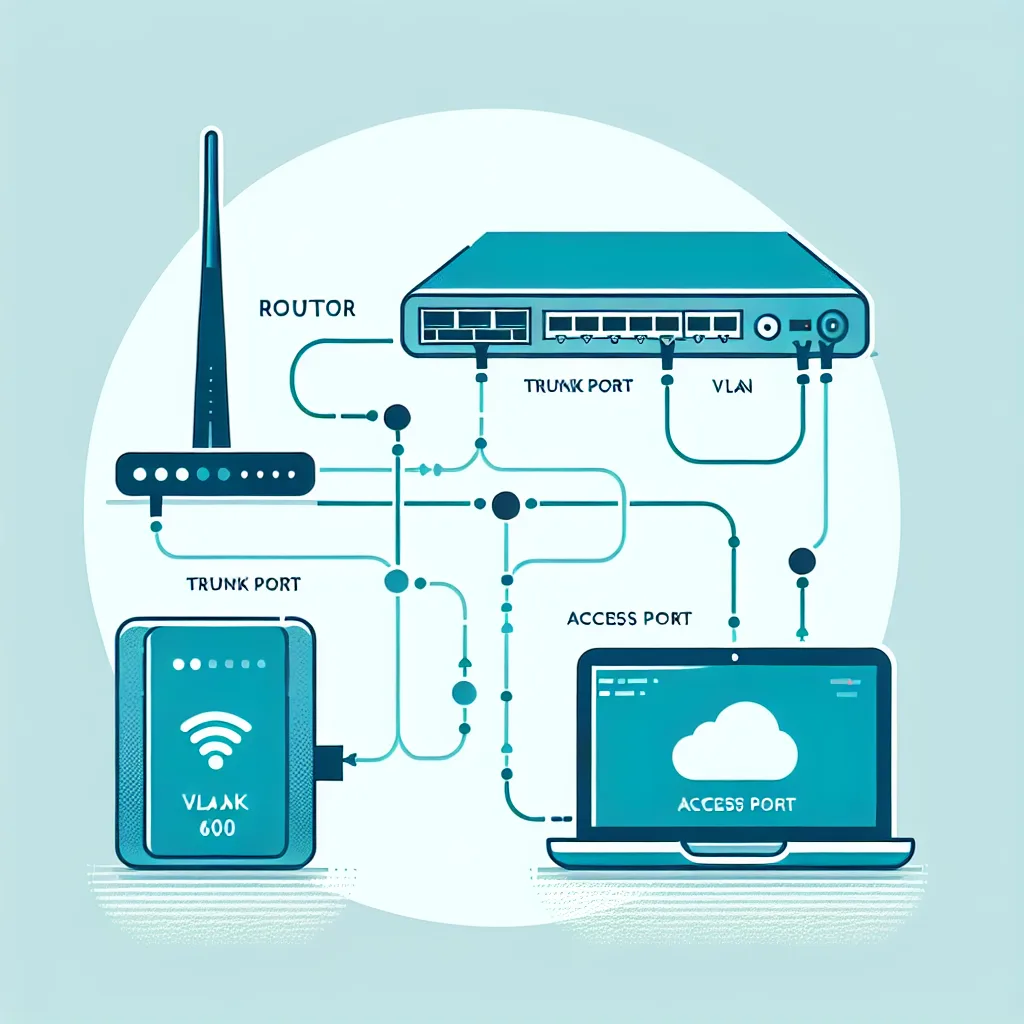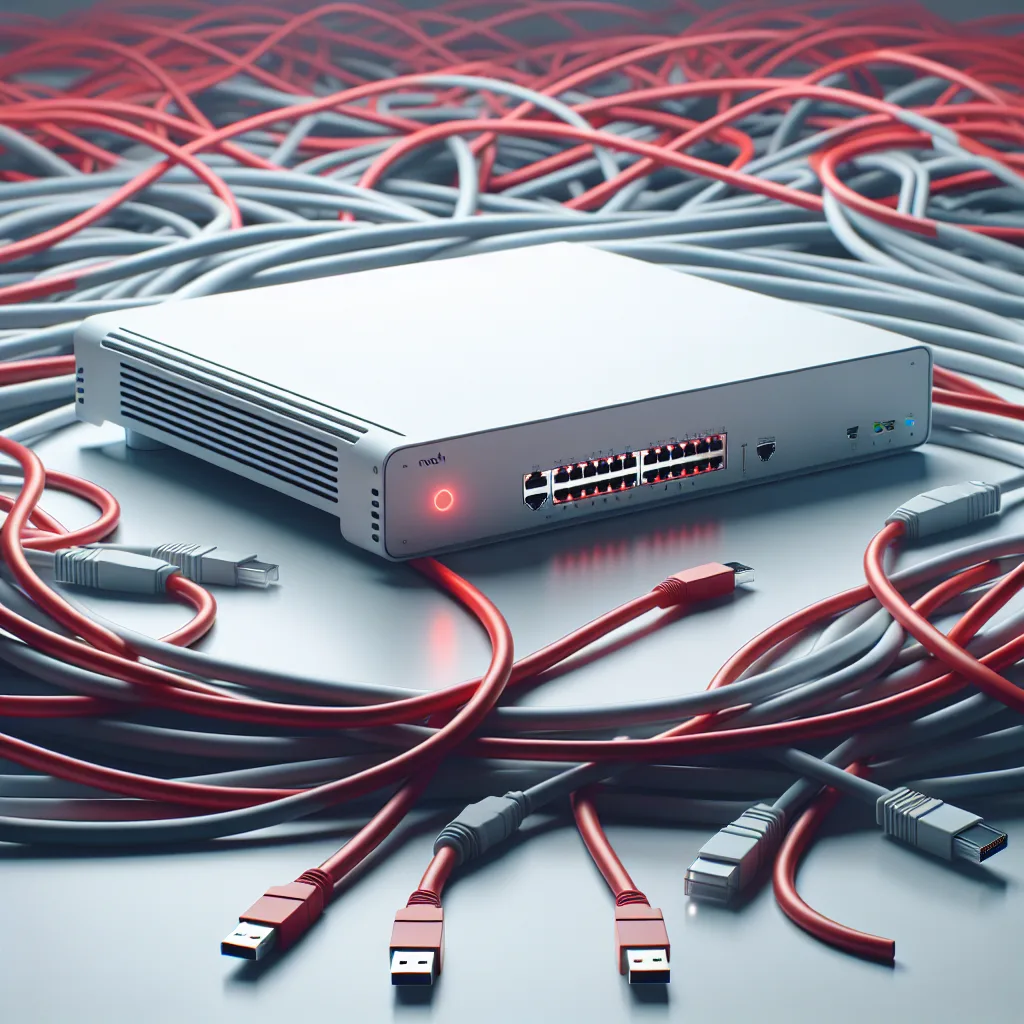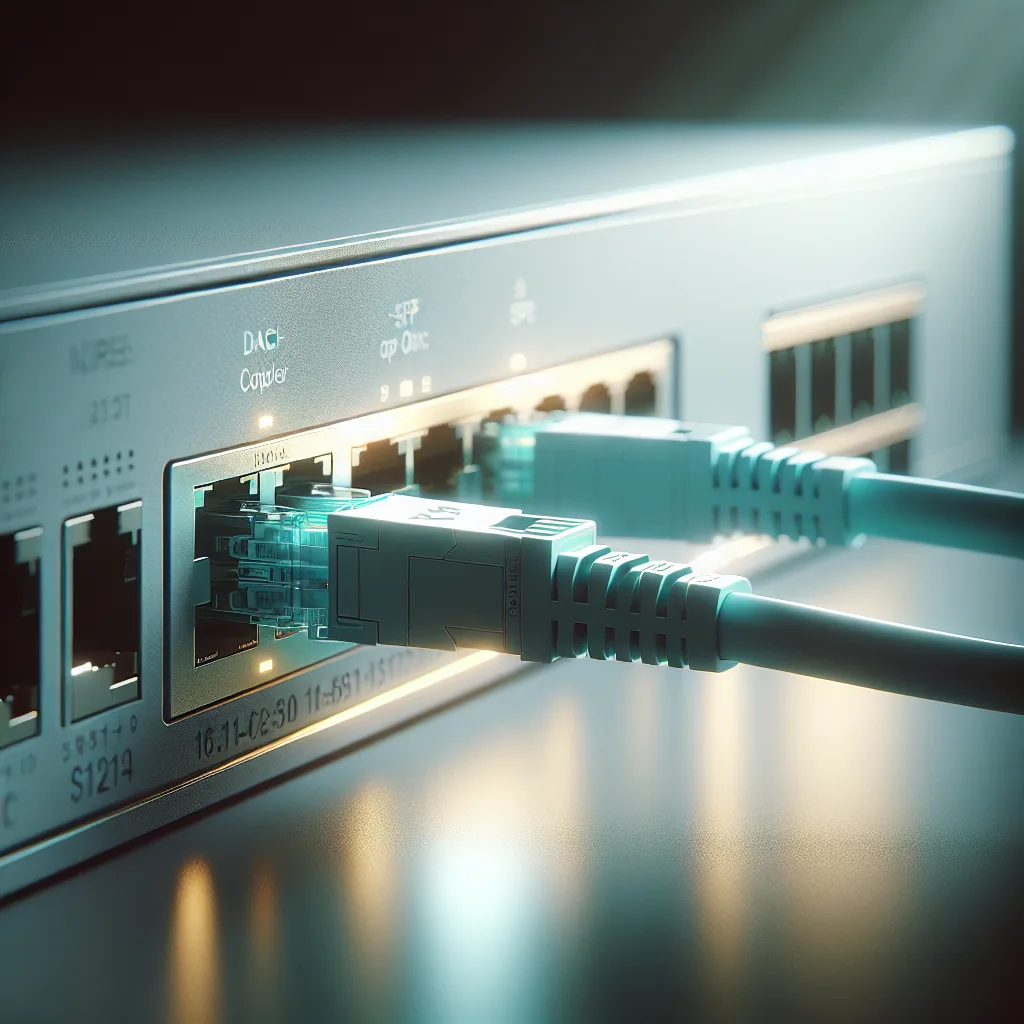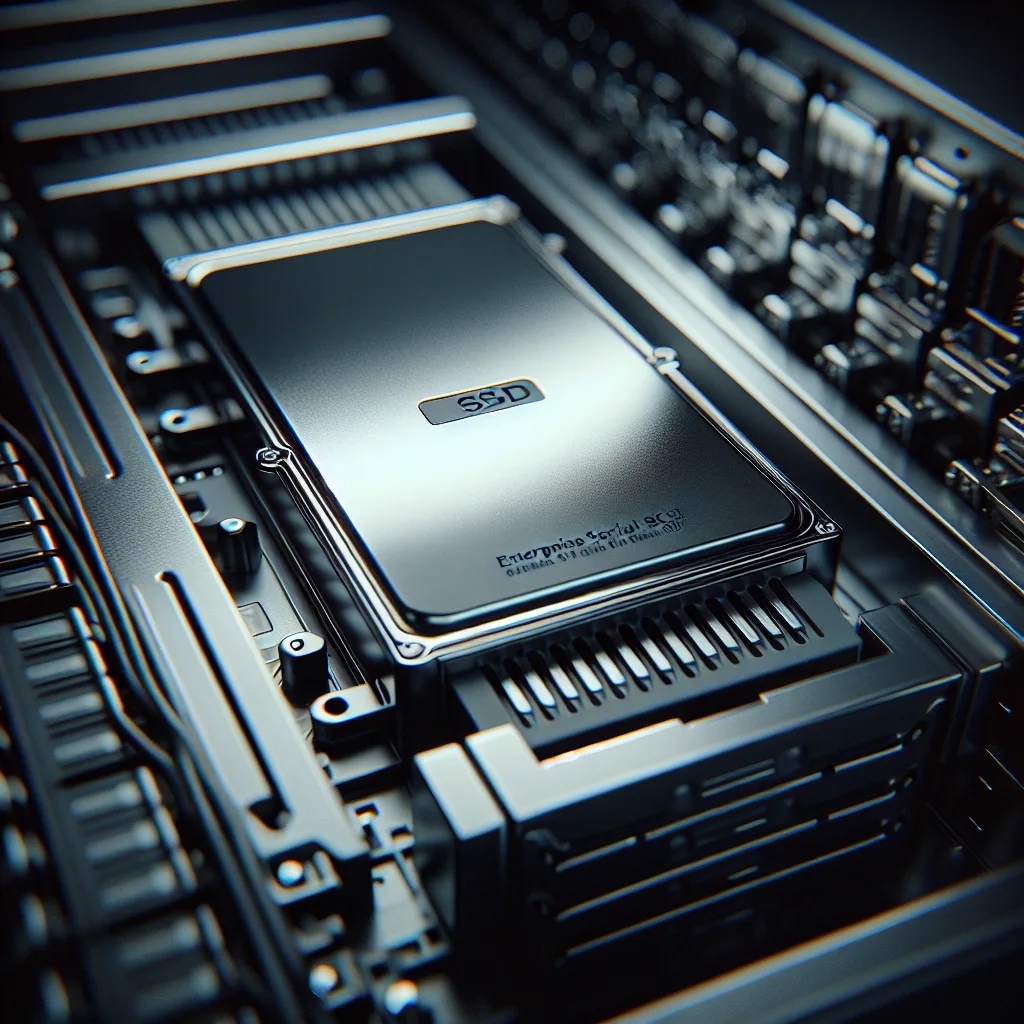Searching for a simple programmable timer plug with a remote control override? Here’s why they’re so hard to find and what to look for.
I have a weirdly specific relationship with my home gadgets. I love automation, but only when it makes my life simpler, not more complicated.
So, I have some of my lamps plugged into those simple digital timers. You know the ones. You set them to turn on at sunset and off when you usually go to bed. It’s perfect 90% of the time. It makes the house feel lived-in, and it’s one less thing to think about.
But then there’s the other 10%.
The other night, I was up late, lost in a good book, and click. My favorite reading lamp went out, right on schedule. I was left in the dark, and my options were suddenly annoying. I could get up, unplug the lamp from the timer, plug it directly into the wall, and then reverse the whole process in the morning.
It’s a small thing, I know. But it got me thinking: why isn’t there a simpler way?
The Obvious Solutions That Don’t Work
My first thought was, “I’ll just get one of those remote-controlled outlets.” They’re simple on/off switches you can control from the couch. Problem solved, right?
Not quite. Those remote outlets don’t have a timer. So I’d gain the manual override I wanted, but I’d lose the daily schedule that I loved. I’d have to remember to turn the lights on and off myself, which defeats the whole purpose.
“Okay,” I thought, “what if I combine them?”
I tried plugging the remote-control outlet into the timer plug. The timer part worked, but as soon as the timer turned off for the night, it cut all power to the remote outlet. The remote was useless. I couldn’t turn the lamp back on because the remote outlet itself had no power.
Strike one.
Then I tried the reverse: plugging the timer into the remote-controlled outlet. This didn’t work either. I could use the remote to cut power to the timer, but I couldn’t use it to bypass the timer’s own schedule. If the timer’s program said “off,” the lamp was off, no matter what the remote wanted to do.
Strike two.
What About “Smart” Plugs?
This is where someone usually chimes in with, “Just get an Alexa or Google Home smart plug!”
And they’re not wrong. A few years ago, I had a setup like that. I could set schedules in an app, and I could use my voice or my phone to override them whenever I wanted. It worked.
But I’ve been moving away from that kind of “smart” smart device lately. It’s not that I’m against them, but sometimes they feel like overkill. It means another app on my phone, another device connected to my Wi-Fi, another company’s ecosystem I have to live in. Sometimes I just want a gadget that does one job well, without needing an internet connection or a software update.
I just wanted a simple timer with a simple remote. A “dumb” smart plug, if you will.
The Search for the Gadget That Shouldn’t Be Rare
I was convinced this thing had to exist. It feels like such an obvious combination of features. A programmable daily schedule plus a simple button to say, “Hey, ignore that for now.”
For a while, I couldn’t find anything. It seemed like the market had decided you either wanted a “dumb” timer or a fully Wi-Fi-connected “smart” plug. There was no middle ground. I started to wonder if there was some technical reason it wasn’t possible or if the audience for such a device was just… me.
But it turns out, they do exist. They’re just a little niche and you have to use the right search terms.
After some digging, I found what I was looking for. The trick was to search for things like:
- “Programmable outlet with remote override”
- “Timer plug with remote control”
- “Countdown timer remote outlet”
These products combine both functions into one simple device. You program the daily on/off schedule right on the plug itself. Then, you get a small, simple remote—no app, no Wi-Fi, no voice assistant—that lets you manually turn the plug on or off whenever you want, overriding the schedule. When the next scheduled event comes around (like “on” tomorrow at sunset), it just resumes the program.
It’s exactly what I wanted. The convenience of a schedule, with the simple, tactile control of a button when I need it.
So if you’ve been on a similar quest, don’t give up. The perfect, simple gadget is probably out there. It just might not be on the first page of Amazon results. And for me, finding a piece of tech that does its job without demanding my constant attention feels like the smartest solution of all.


